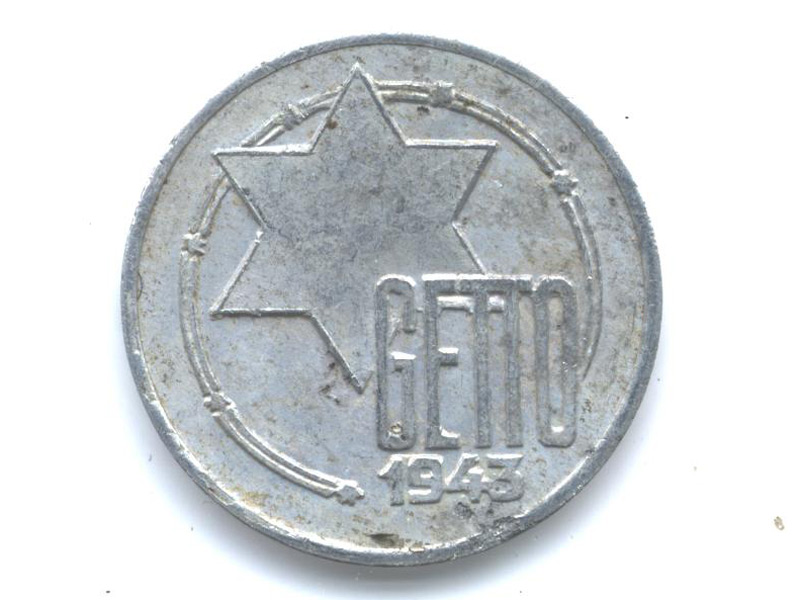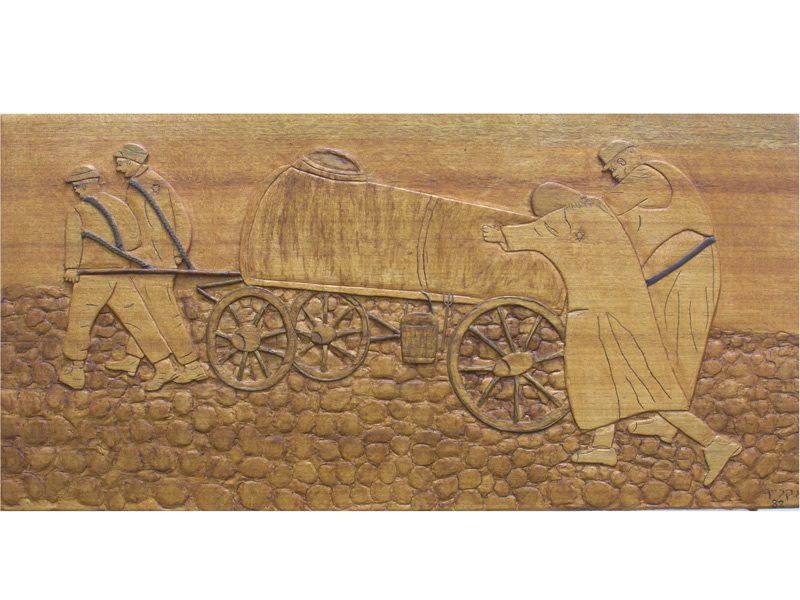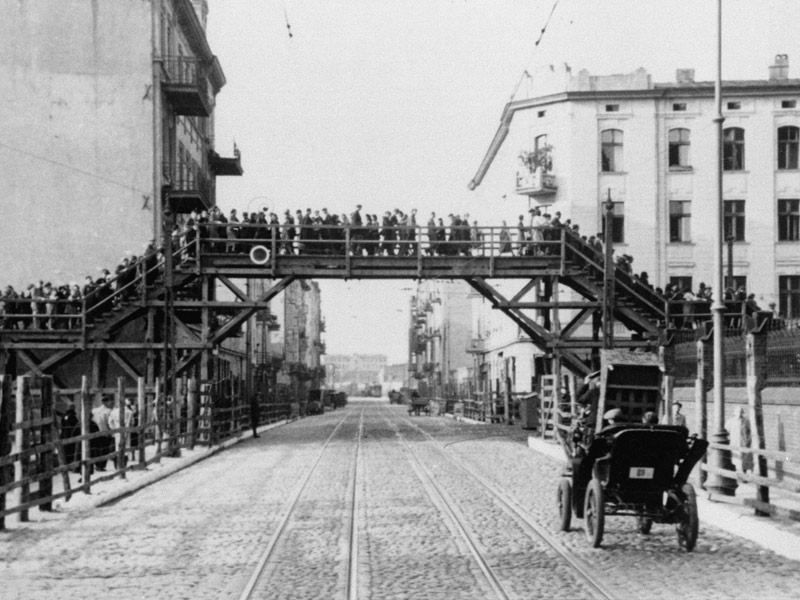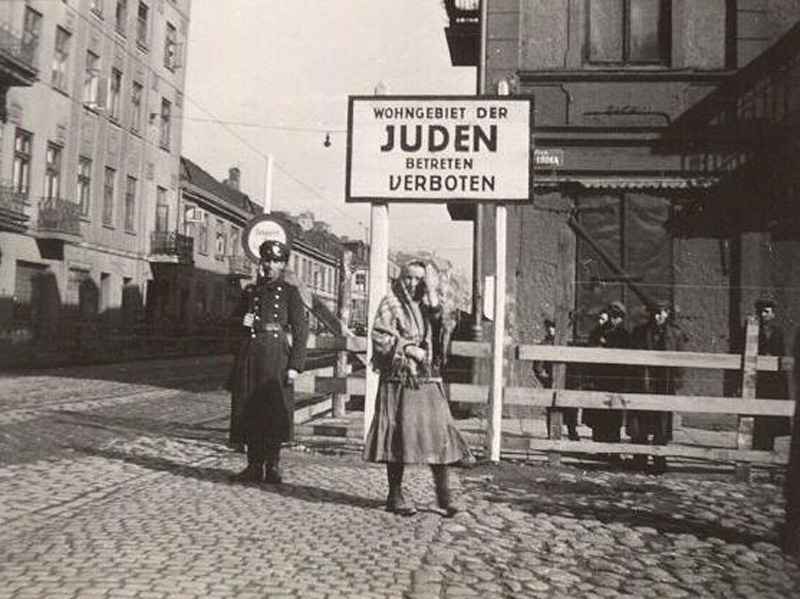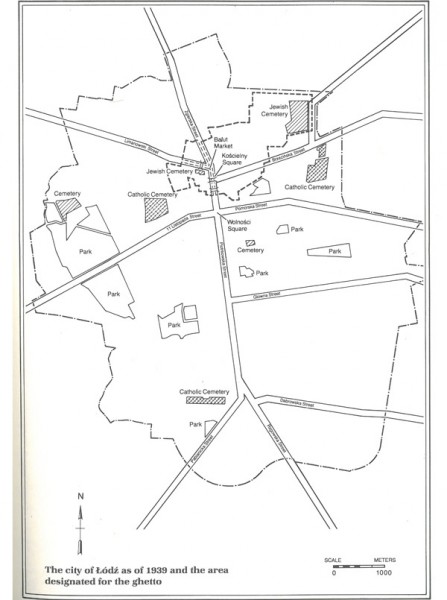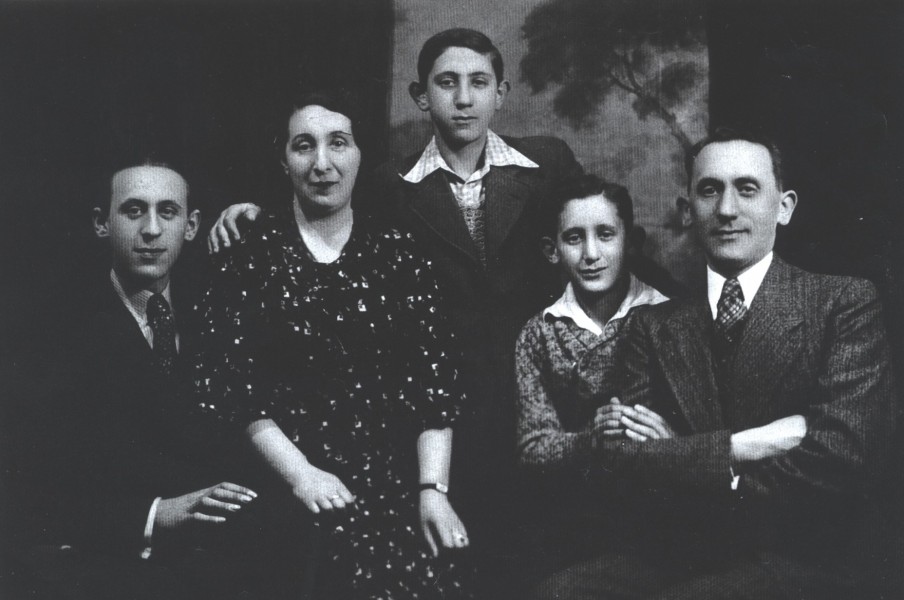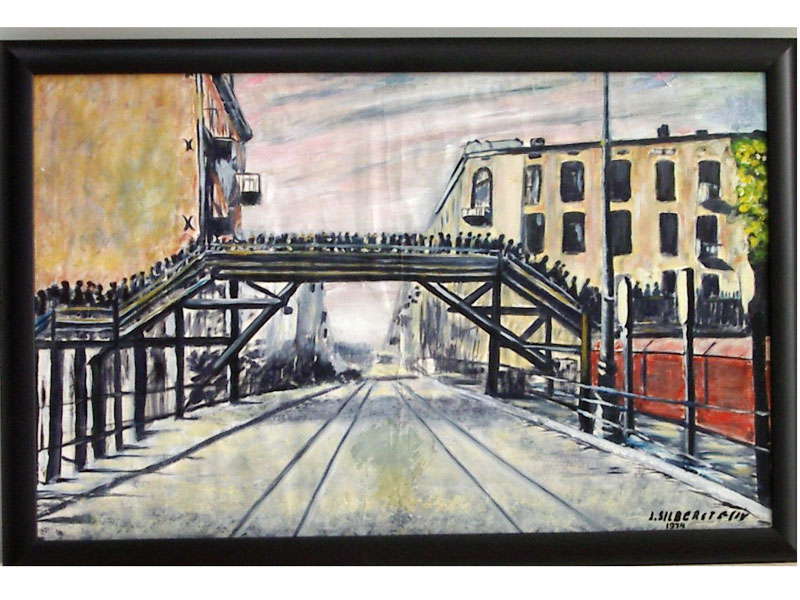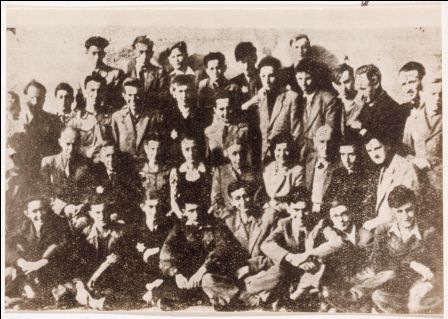Story:
Life in the Lodz Ghetto
In 1940 Jews were concentrated and imprisoned in a ghetto and forced to work as slave labourers. Lodz Ghetto lasted until August 1944, longer than any other ghetto in occupied Poland. During that period around 60,000 Jews died from disease, starvation and overwork. The rest were sent to concentration and extermination camps where most were murdered. It is estimated that only 10,000 Jews from Lodz Ghetto survived the Holocaust.
Immediately after the occupation, the Nazis implemented repressive measures against the Jews. Jews were ordered to wear the Star of David on their chest and back, their bank accounts were frozen and their possessions could be seized. Initially the Nazis wanted the Jews to leave Lodz and make it judenfrei (free of Jews). Approximately 60,000 Jews escaped Lodz before the ghetto was established.
Lodz Ghetto operated from 1 May 1940, when 164,000 Jews were concentrated into a 4.13 km2 dilapidated section of the city. During March and April 1940, the ghetto was hermetically sealed by a wooden and barbed wire fence. Jews were completely cut off and dependent upon the German administration to provide them with food and resources.
The ghetto was overcrowded, and Jews experienced starvation, disease and exhaustion, which led to many premature deaths. Conditions were appaling, most apartments had no inside toilets, no running water and no heating.
During January and May 1942, 55,000 Jews and 5,000 Sinti-Roma (gypsies) were sent to Chelmno and murdered. The second major deportation occurred in September 1942, often referred to as the Sperre, in which 15,859 children, elderly and ill inhabitants were also sent to Chelmno after the German administration decided to transform Lodz into a total labour ghetto. In order to do so, they required these “unproductive elements” to be removed.
After the Sperre, the ghetto entered a period of relative calm, with the remaining Jews working as slaves, starved and exhausted. It was not until the advancement of the Russian Army that the German administration ordered the complete liquidation of the ghetto in June 1944. Between June 23 and July 14, 7,000 Jews were deported from Lodz. On August 2, Rumkowski published a notice in the ghetto stating that the entire ghetto needed to be relocated, although the destination was not mentioned. Between August 2-29 regular deportations took place and approximately 67,000 Jews were deported to Auschwitz.
Around 500-600 Jews were left in the ghetto to “clean up” by removing all valuables from the ghetto. Another 300 successfully hid from the deportations. On 19 January 1945, the Russian Army liberated 877 Jews from the ghetto.
